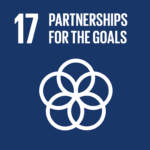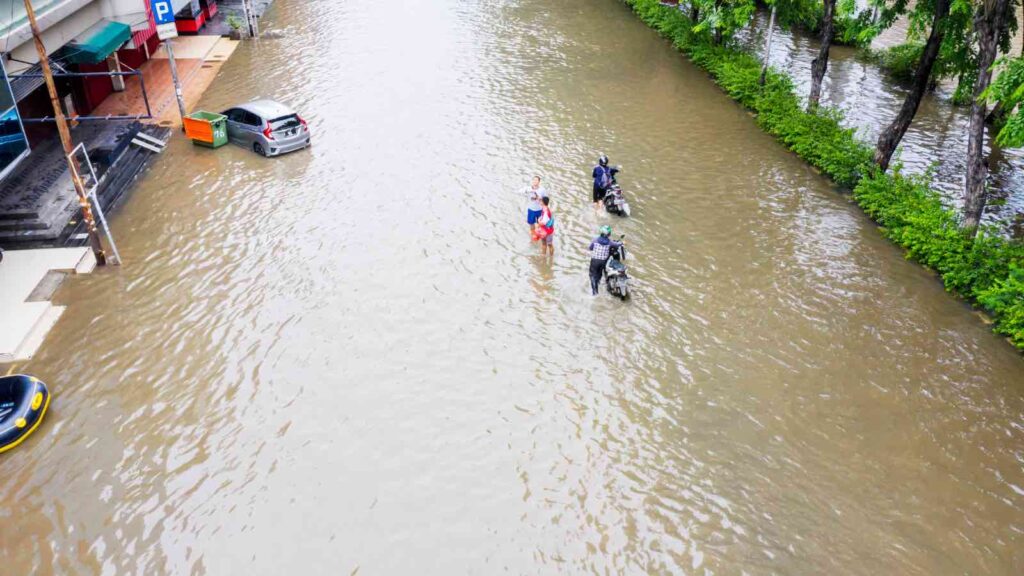As the global community grapples with the escalating impacts of climate change, the race to implement comprehensive early warning systems by 2027 represents a critical step towards a more resilient future.
In an era where climate-related catastrophes are becoming the new normal, early warning systems are emerging as a crucial tool in the fight against the devastating impacts of global warming. The United Nations, supported by the Adaptation Fund, has set an ambitious goal to provide early warning coverage for every person on the planet by 2027, a move that could save countless lives in the face of increasing climate disasters.
RELEVANT SUSTAINABLE GOALS



The urgency of this initiative is underscored by alarming statistics from the UN Office for Disaster Risk Reduction (UNDRR). Between 2000 and 2019, climate-related disasters nearly doubled compared to the previous two decades, with major floods alone increasing from 1,389 to 3,254. This surge in natural calamities is a stark reminder of the world’s ongoing dependence on carbon-intensive practices.
“The evidence is clear: early warning systems are one of the most effective risk reduction and climate adaptation measures to reduce disaster mortality and economic losses,” UN Secretary-General António Guterres recently stated, highlighting the critical role of these systems in mitigating the impacts of climate change.
The Adaptation Fund : Tried and Tested
The Adaptation Fund, created to bolster communities against climate change impacts, has made significant strides in this area. Disaster risk reduction and early warning systems now account for about 18% of all its funded projects. To date, the fund has facilitated the installation of 526 early warning systems across all continents, ranging from local to regional levels.
Mikko Ollikainen, head of the Adaptation Fund, emphasized the urgency of scaling up adaptation activities, including disaster risk reduction and early warning systems, in light of recent international reports such as the UNEP Adaptation Gap Report.
A prime example of the fund’s impact is a project in Colombia’s La Mojana region. This initiative, implemented by the UN Development Programme in collaboration with the Colombian government, established a comprehensive early warning system that now provides 100% coverage for thousands of people in flood-prone areas.
The success of such projects hinges on several key factors, according to a recent study by the Adaptation Fund. These include community-led approaches, empowerment of women and indigenous groups in project design, strong involvement from regional and national institutions, and robust investment in data collection and quality improvement.
As Juana Madariaga, a restoration expert involved in the Colombia project, noted, “We learned about everything. We received a lot of training and finally we were able to move this project forward…now we are supporting other communities in doing the same thing.”
The lessons learned from these initiatives are crucial as the world faces an anticipated increase in climate disasters. While we may not be able to prevent these catastrophes entirely, early warning systems offer a vital tool for adaptation, resilience-building, and risk reduction in the face of our changing climate.
Lead image courtesy of Creativa Images (people of motorcycles crossing the flooded streets)
You may also be interested in :
Manila Submerged : Typhoon Gaemi Exposed Philippines’ Climate Vulnerability


